Regulatory Changes and Approvals
The Cerebral Vascular Stent Market is also shaped by evolving regulatory changes and approvals that facilitate the introduction of new products. Regulatory bodies are increasingly streamlining the approval process for innovative stent technologies, which encourages manufacturers to bring their products to market more efficiently. This trend is particularly evident in regions where regulatory frameworks are adapting to accommodate advancements in medical technology. For instance, the introduction of expedited pathways for breakthrough devices has the potential to accelerate the availability of novel stents. As a result, the market is likely to witness a surge in new product launches, enhancing competition and providing healthcare professionals with a broader range of treatment options. This dynamic environment may ultimately lead to improved patient outcomes and increased market penetration.
Increasing Awareness and Education
The Cerebral Vascular Stent Market is experiencing growth due to increasing awareness and education regarding cerebrovascular health. Public health campaigns and educational initiatives are playing a crucial role in informing individuals about the risks associated with cerebrovascular diseases and the importance of early intervention. As awareness levels rise, more patients are seeking medical attention for symptoms related to strokes and aneurysms, leading to a higher demand for stenting procedures. Additionally, healthcare professionals are being trained to recognize and manage these conditions effectively, further driving the need for cerebral vascular stents. This heightened awareness not only contributes to early diagnosis and treatment but also fosters a more informed patient population that is likely to advocate for advanced medical solutions, thereby positively impacting market growth.
Technological Advancements in Stent Design
The Cerebral Vascular Stent Market is experiencing a notable transformation due to rapid technological advancements in stent design and materials. Innovations such as bioresorbable stents and drug-eluting stents are gaining traction, as they offer improved biocompatibility and reduced risk of restenosis. The introduction of advanced imaging techniques, such as intravascular ultrasound and optical coherence tomography, enhances the precision of stent placement, thereby improving patient outcomes. According to recent data, the market for cerebral vascular stents is projected to grow at a compound annual growth rate of approximately 7.5% over the next five years, driven by these technological innovations. As manufacturers continue to invest in research and development, the potential for enhanced stent performance and patient safety appears promising.
Rising Incidence of Cerebrovascular Diseases
The Cerebral Vascular Stent Market is significantly influenced by the rising incidence of cerebrovascular diseases, including strokes and aneurysms. As the global population ages, the prevalence of these conditions is expected to increase, leading to a higher demand for effective treatment options. Data indicates that stroke is one of the leading causes of death and disability worldwide, with millions affected annually. This alarming trend necessitates the use of cerebral vascular stents to restore blood artery and prevent further complications. Consequently, healthcare providers are increasingly adopting stenting procedures, which is likely to propel market growth. The increasing awareness of cerebrovascular health and the importance of timely intervention further underscores the need for advanced stenting solutions in the market.
Growing Investment in Healthcare Infrastructure
The Cerebral Vascular Stent Market is benefiting from the growing investment in healthcare infrastructure across various regions. Governments and private entities are increasingly allocating resources to enhance healthcare facilities, particularly in developing nations. This investment is aimed at improving access to advanced medical technologies, including cerebral vascular stents. Enhanced healthcare infrastructure not only facilitates the availability of stenting procedures but also promotes awareness and education regarding cerebrovascular diseases. As hospitals and clinics upgrade their facilities and acquire state-of-the-art equipment, the demand for cerebral vascular stents is expected to rise. Furthermore, the establishment of specialized stroke centers is likely to contribute to the growth of the market, as these centers focus on providing timely and effective interventions for patients suffering from cerebrovascular conditions.
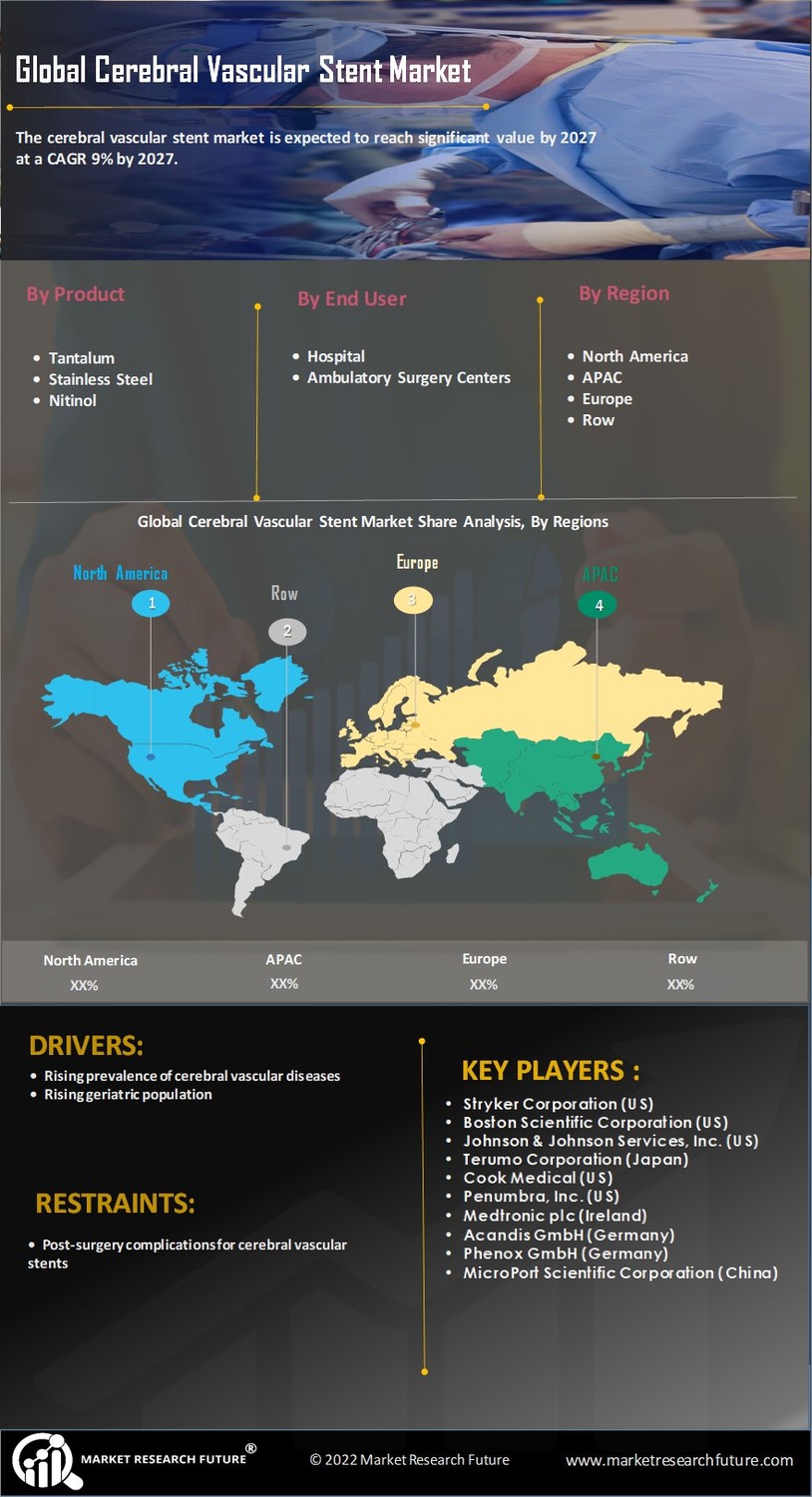

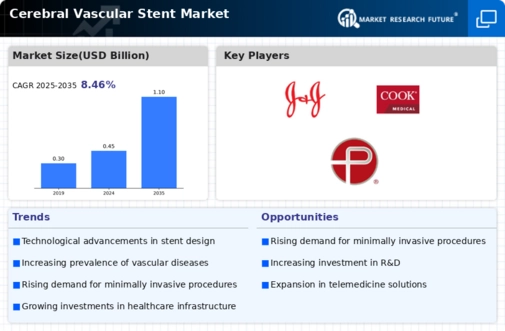
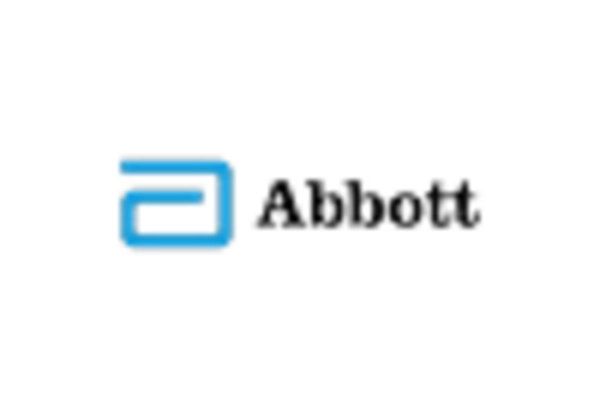
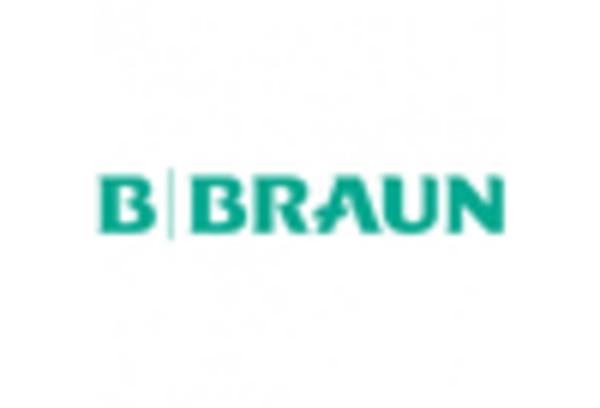
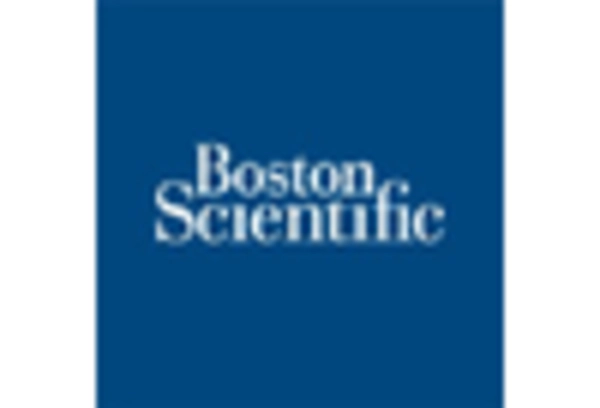

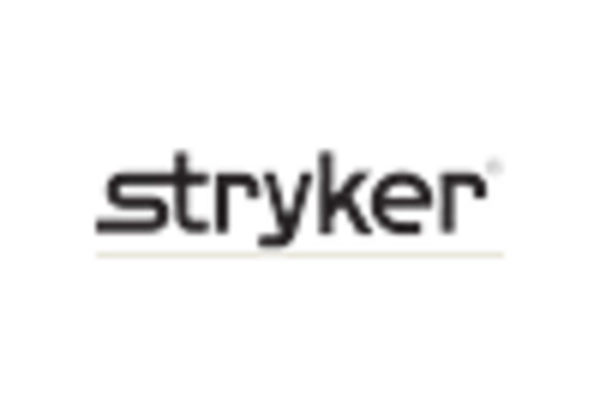
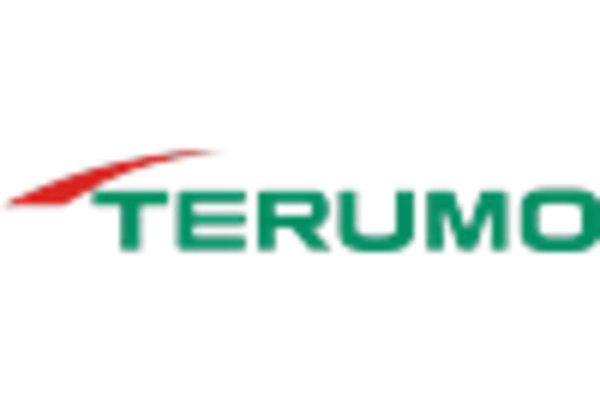








Leave a Comment